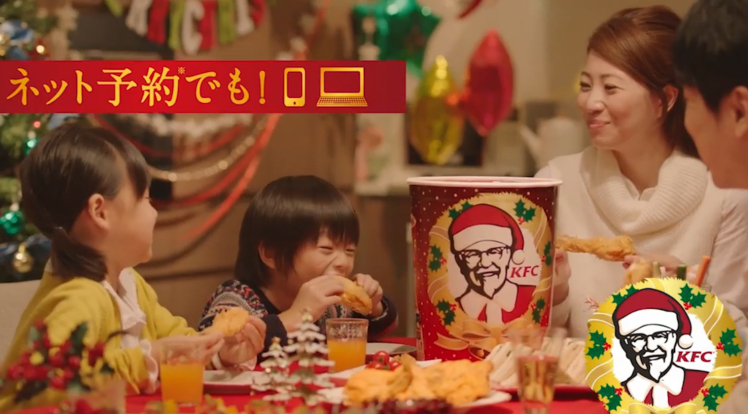Observations from live action “Ghost in the Shell”:
Drew heavily from other science fiction films, video games and anime:
A.I Artificial Intelligence, Blade Runner, Appleseed, GATTACA, The Matrix, Cyborg 009, Batman – Nolan series, Independence Day (ID4), I-Robot, Mass Effect, Star Wars, The 5th Element, etc.
The film relied too heavily on previous media that the overall look and feel came across as the film being too insecure in its own identity, showing the general insecurity and fears that Hollywood has over anything that is not “white”, or is “untested” (Hollywood’s over-reliance on already books, comics, video games, franchises, reboots, remakes, sequels, prequels and already established actors, director and production crews in general).
I think that’s why they relied too heavily on other works visually.
I don’t think they’ve realized that what is actually killing the industry is not taking any real risks with original/new content and talent for as long as they have and it has caused things to stagnate. Also ignoring that audiences are “genre weary”, can’t commit to so many “tent pole” dependent franchises each summer and are wary of anything that’s been hyped.
It also “dumbed”, nearly everything down, leaving out important moments from the original anime film (such as the conversation between Motoko and Batou after diving). The symbolism of the lighting, shapes and outright stating the themes of the original film and manga, no attempts to be creative with it. Came across like they just wanted to get the core concepts out of the way, like tokens, and just wanted to cater to the action (which wasn’t engaging either). The whole film felt thrown together and lazy to the point that it was disrespectful.
Wished they’d branched out from the original 1995 movie more and included elements from the anime series, like the spider tanks used by Section 9. I think it would have helped expand on the concept of consciousness (and robots don’t have to be “robotic”). The spider tanks could have added the same element of cute/humor that BB-8 did for “Star Wars: The Force Awakens”.

Spider tank from Ghost in the Shell: Stand Alone Complex anime, who are generally very social, happy and caring.
I also think the “Laughing Man” storyline would have been more relevant to today’s more immediate issues with cyber security and privacy, and would have been easier to connect to a larger audience without having to “dumb” anything down and still include GitS core subject matter.

A screenshot of the hacker called “The Laughing Man” from the Ghost in the Shell: Stand Alone Complex anime.
Continue reading →







